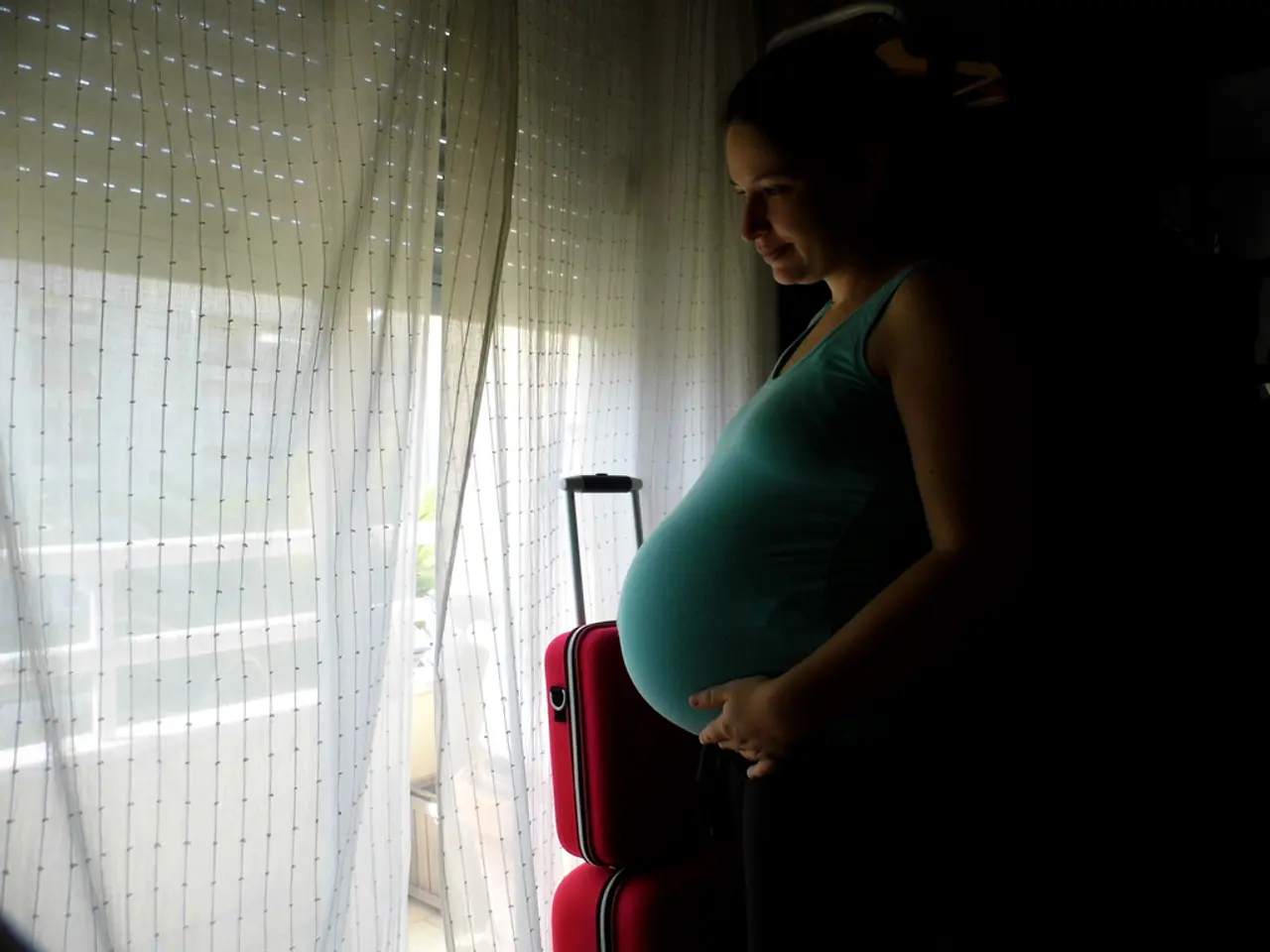Differentiating PMS from Pregnancy: Essential Distinctions
In the realm of women's reproductive health, recognising the signs of pregnancy and distinguishing them from premenstrual syndrome (PMS) is vital. By doing so, women can make informed decisions about their health and seek appropriate medical care.
PMS and pregnancy share some common symptoms, but there are key differences that set them apart. PMS typically refers to a collection of physical and emotional symptoms that occur in the week or two before a woman's period. Symptoms can range from mood swings, irritability, and fatigue to breast tenderness, bloating, and food cravings. On the other hand, pregnancy is a biological process where a woman's body prepares to support the growth and development of a fetus.
One of the most telling signs of pregnancy is a missed period. However, light spotting or irregular periods can also occur during early pregnancy, so it's essential to confirm with a pregnancy test. These tests can detect the presence of the hormone hCG, which is only produced during pregnancy. Home pregnancy tests are convenient, but it's crucial to remember that only a healthcare professional can provide an accurate diagnosis of pregnancy through medical tests.
Pregnancy symptoms often include nausea, breast changes such as darkening and enlargement, frequent urination, and fatigue. These symptoms are usually more consistent and do not go away with the start of the menstrual period. In contrast, PMS symptoms usually go away once the period starts.
In pregnancy, breasts may become fuller and more swollen, with soreness or sensitivity due to hormonal changes. Cervical mucus may also increase in volume and become thicker and stickier during pregnancy, while PMS does not usually cause noticeable changes in cervical mucus.
Food cravings and aversions, especially for specific smells and tastes, can be early signs of pregnancy. Increased urination is another common symptom of pregnancy due to the growing uterus putting pressure on the bladder. Fatigue during pregnancy is more intense and persistent compared to PMS, and it is often due to the increased demands on the body as it supports fetal growth.
It's crucial to understand the differences between PMS and pregnancy symptoms for several reasons. Accurate determination of a woman's reproductive health status is essential, as it can impact decisions about contraception, family planning, and seeking medical attention when necessary. Proper health management is also crucial for maintaining overall wellbeing.
In conclusion, while PMS and pregnancy can sometimes have overlapping symptoms, several key differences can help distinguish between the two. Seeking professional medical advice is crucial for accurate diagnosis and guidance when experiencing PMS or pregnancy symptoms. By being aware of these signs, women can take proactive steps towards managing their reproductive health.
Read also:
- Peptide YY (PYY): Exploring its Role in Appetite Suppression, Intestinal Health, and Cognitive Links
- Toddler Health: Rotavirus Signs, Origins, and Potential Complications
- Digestive issues and heart discomfort: Root causes and associated health conditions
- House Infernos: Deadly Hazards Surpassing the Flames








